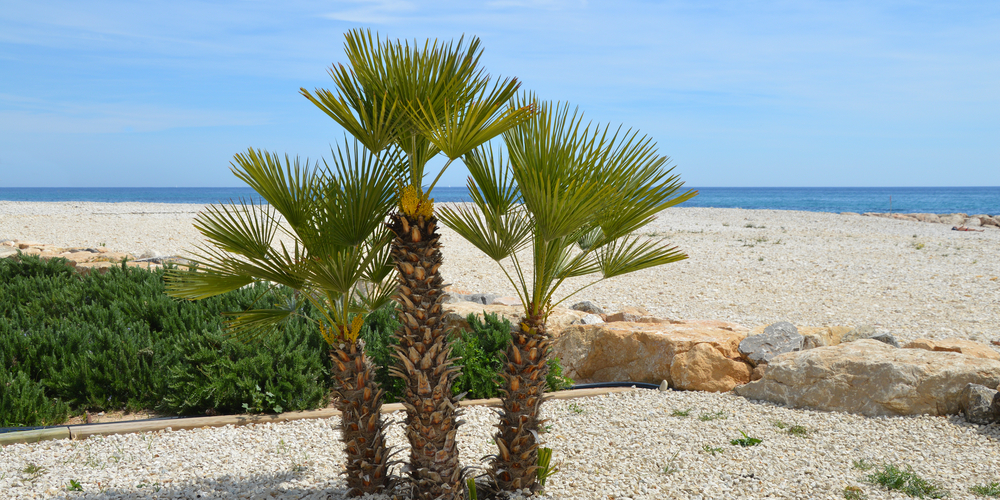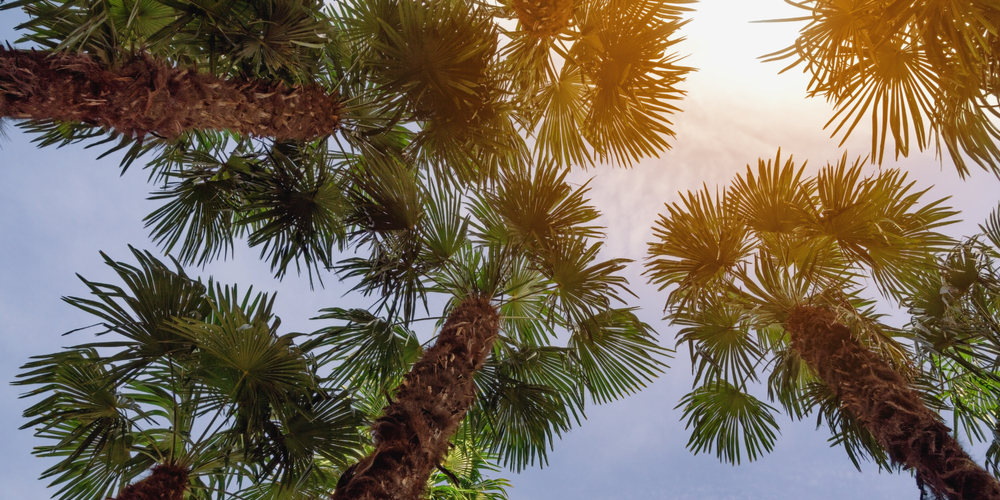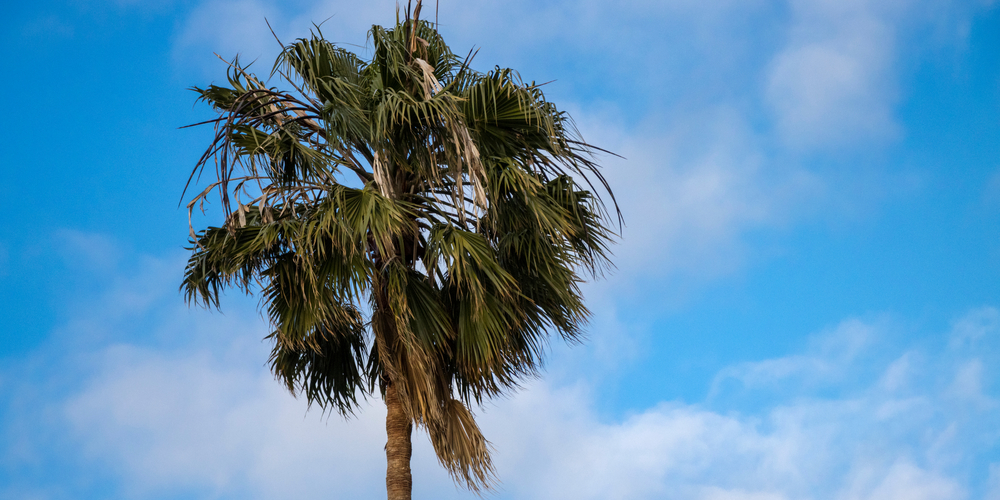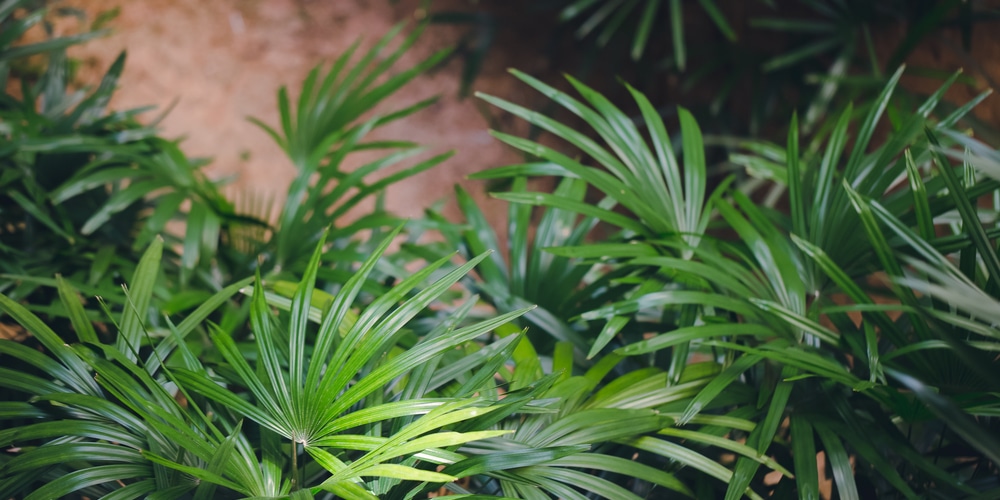Growing palm trees in USDA zone 6 can prove to be a challenge since palm trees love tropical climates. Winter temperatures in the region can dip to zero, and sometimes even to -23 degrees C, and this can easily kill a palm tree situated outdoors.
Zone 6 palm trees
Here’s a list of palm trees that grow well in zone 6.
Windmill Palms

The windmill palm, or trachycarpus fortunei, is a tropical plant that’s probably the toughest when it comes to surviving frigid winters. It serves as a bright spot in the yard or garden due to its sprawling foliage.
This palm tree variety is suitable for planting in zones 8 to 11 and can withstand temperatures of -12 degrees C. You won’t need a special soil type when growing a windmill palm, and they prefer shade from direct sunlight.
Mediterranean Fan Palms
Mediterranean fan palm, or chamaerops humilis, is a unique specimen that exhibits two-toned colors of yellow-green, gray-green or blue-green depending on where they came from. It’s also called the European fan palm since it’s the only palm variety that’s native to Europe.
It thrives in USDA zone 8 to 11, where it can be planted indoors with a deep container and well-draining soil. It can reach up to 15 feet wide in the yard, but dwarfed if they’re living in a container.
Canary Island Date Palms
The beautiful phoenix canariensis is native to the Canary Islands and can live in USDA hardiness regions 9 to 11. You can also pot them up in large containers and grow them indoors.
However, this palm tree requires a bit more care than most. It needs full sunlight and lots of water during the early stages to form deep roots. Only when it’s matured can you ease watering. Also, you’ll want to supplement with magnesium or potassium to keep the foliage lush and pretty.
Date Palms
Phoenix dactylifera are common in the warmer regions, particularly Arizona and southern California. They need large space around them in order to thrive and grow to their full height. These palm species can tolerate drought but they do need constant watering when they’re producing fruit and flowers.
Can Palm Trees Grow in Zone 6?
Most palm trees prefer a warm and humid climate, something that zone 6 gardeners won’t have when winter time comes. It’s worth noting that all of the palm trees mentioned above don’t have a zone 6 label, which means they tend to fail even with the best intentions.
That said, growing zone 6 palm trees is still viable. Your best bet is to find cold-hardy palm tree variants that can thrive in the region, particularly windmill palms that have been acclimated. Other suggestions include the needle palm, or rhapidophyllum hystrix.
Palm trees in zone 6 might undergo a phase where they shed all their leaves during winter. However, they might still have a chance of surviving the frost. Most will require some sort of protection against the cold.
How to Protect Your Palm Trees in Zone 6 Winter
Careful planning and preparation should be done to ensure your palm trees survive zone 6 winters.
The bigger your palm tree, the more difficult it is to protect against the frost. Your best bet is to plant the palm tree in a spot where it gets the maximum amount of sun each day. Furthermore, you’ll want to put up a barrier of some sort in order to keep the winter winds from chilling your tree.
It’s best to anticipate when the risk of first frost comes, as well as determine when the actual date of frost arrives. Cold snaps can be dangerous for these palm species, but you can use common household items such as blankets and canvas and wrap it around the trunk. You can also purchase specialty wrap in your local shop in these cases.
For smaller palms and those in containers, you can protect them by putting cardboard box covers and weighing it down with rocks, or burying those outside with mulch. Alternatively, you can move your palm trees inside (if possible) and have them stay until the cold passes.
Zone 6 palm trees: Conclusion
With preparation and a bit of luck, your palm trees will survive the spell and you’ll have healthy trees that can thrive the rest of the year.
Related Article: Indoor Palm Trees


